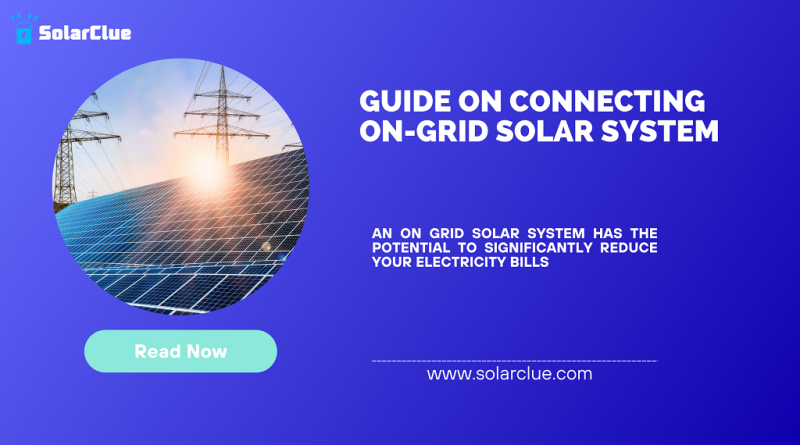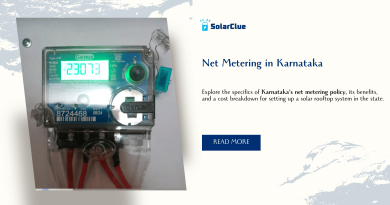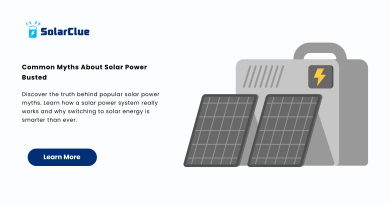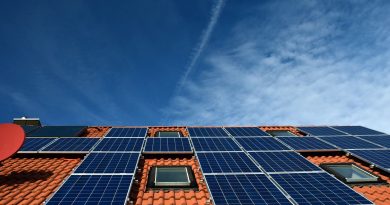How To Connect An On Grid Solar System
Solar energy has gained substantial traction worldwide, providing an eco-friendly and cost-effective alternative to conventional power sources. A popular system utilized by property owners is the On Grid Solar System, also referred to as a Grid-Tied Solar System. This particular system is connected directly to the public electricity grid and can significantly reduce electricity costs. In this article, we will discuss the step-by-step process of connecting an On Grid Solar System.
Table of Contents
Understanding an On Grid Solar System
Before delving into how to connect an On Grid Solar System, it is crucial to understand what it means. An On Grid Solar System is an arrangement where the solar panel system is connected to the utility’s power grid, allowing excess power generated by your solar panels to be fed back into the power grid. Conversely, during periods of low energy production (like a cloudy day or nighttime), you can still use the power from the grid, ensuring a constant electricity supply to your home or building.
Investing in the Required Equipment
The entire process begins with gathering all the needed equipment. This includes solar panels, a grid-tied inverter, mounting hardware and a performance monitoring system. Solar panels are the primary component, converting sunlight into electricity. The grid-tied inverter, on the other hand, converts the Direct Current (DC) produced by the solar panel into Alternating Current (AC) which powers electrical devices. Mounting hardware is used for installing the panels, while a performance monitoring system helps supervise and manage the solar system’s performance.
Installation of Solar Panels
Once all equipment is procured, the solar panel installation commences. Choose a well-exposed location to the sun, preferably your roof, for efficiency. Mounting systems are used to secure the panels, making certain they’re correctly angled and firmly attached. The panels are then wired together, creating an electrical circuit. It’s recommended to engage professionals for this step to ensure safety and mandate compliance.
Connecting the Inverter to the Solar Panels
Next, the solar panels are connected to the grid-tie inverter. This is done using the photovoltaic (PV) wire, with the negative wire connected to the negative terminal and the positive wire to the positive terminal. The purpose of the inverter is to convert the DC electricity, generated by the solar panels, into AC electricity, which is used by most household appliances.
Connecting the Solar System to the Grid
After the inverter is successfully connected to the solar panels and started up, the final step to completing your On Grid Solar System is connecting it to the utility grid. This is usually done through the main fuse box or distribution board of your property. A licensed electrician must perform this task, as it requires detailed knowledge and expertise of the electrical system and safety standards.
Seek Approval from the Power Company
Before starting your On Grid Solar System, it’s crucial to get the necessary approvals from your local utility company. They need to ensure that your system is compatible with the grid and complies with local laws and regulations. Once this approval is granted, you can switch on your On Grid Solar System, begin supplying energy back to the grid, and start reaping the benefits of solar energy.
Conclusion
In conclusion, setting up an On Grid Solar System involves understanding the system, procuring necessary equipment, installing and wiring solar panels, connecting the inverter, linking the solar system to the grid and finally getting approval from the power company. While it may seem like an extensive task, each step brings you closer to sustainable and cost-effective energy consumption. When done correctly and safely, an On Grid Solar System has the potential to significantly reduce your electricity bills and your carbon footprint, a win not only for you but for the environment too.




